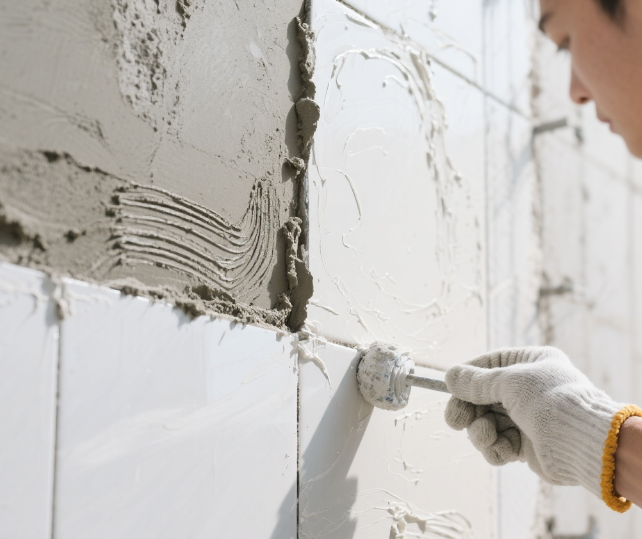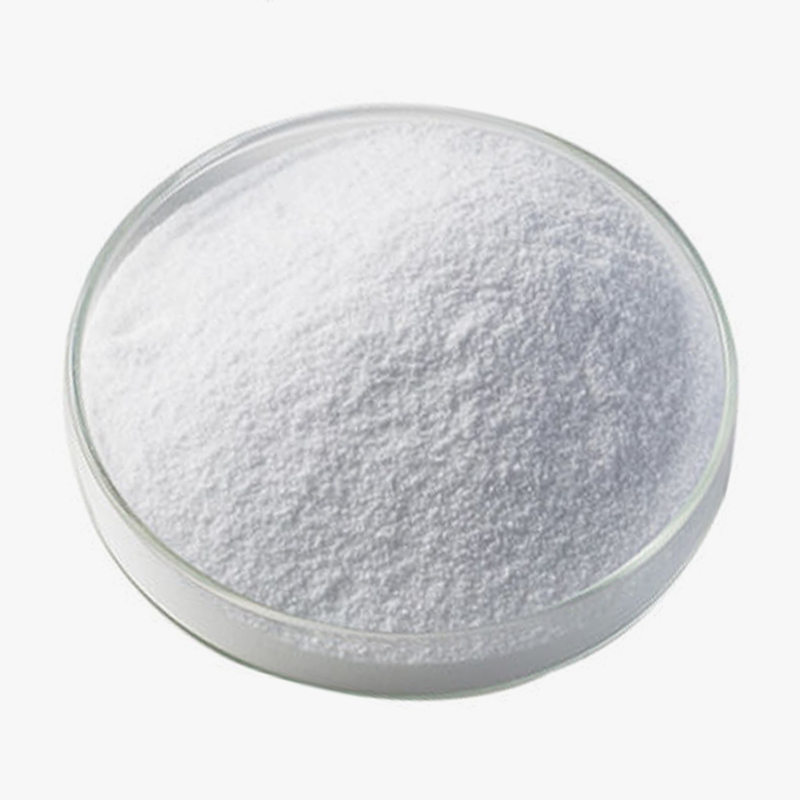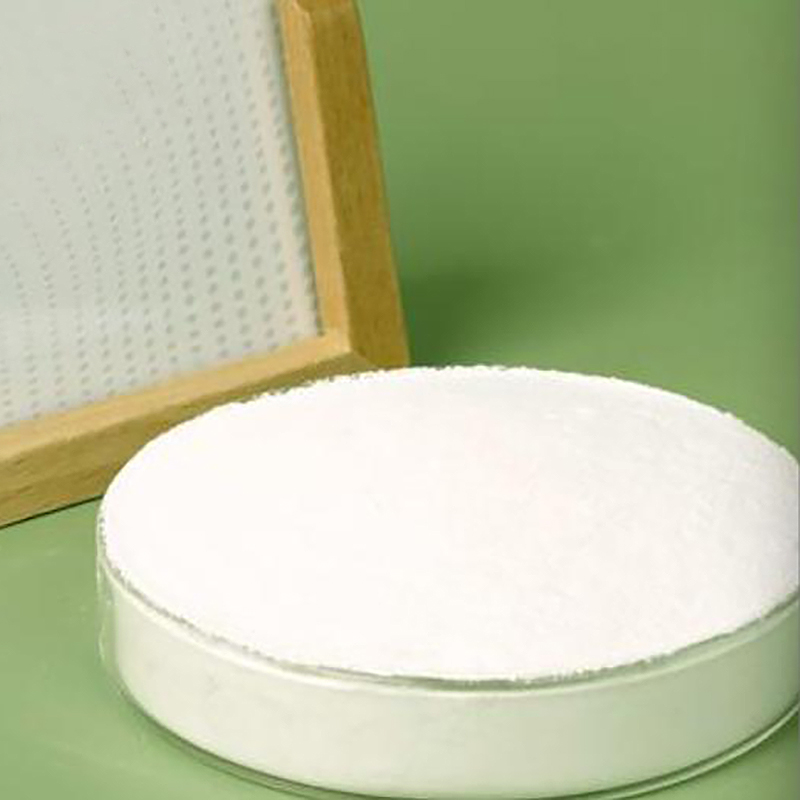HPMC (hydroxypropyl methylcellulose) is a water-soluble, non-ionic cellulose ether widely used in the construction industry, especially in materials such as mortar, coatings, adhesives, and gypsum.
HPMC plays a wide role in the construction industry, improving the performance of building materials, enhancing construction processes, increasing material stability and durability, and ensuring construction quality.

Content
1. Role of HPMC in the Construction Industry
(1) Thickening Effect
One of the most common functions of HPMC is as a thickener. It dissolves in aqueous systems to form a viscous solution, thereby increasing the viscosity of building materials such as mortar and coatings, making these materials easier to apply and handle.
For example, adding HPMC to tile adhesives and gypsum mortar can improve the adhesion and flowability of these materials, preventing dripping or running.
(2) Improved Workability
Improved workability: HPMC improves the workability of building materials, making coatings, mortars, adhesives, etc., smoother to apply and easier to smooth, increasing convenience during construction. Extended Open Time: Open time refers to the time from the start of construction to the initial curing or setting of the material. Using HPMC extends the open time of mortar or adhesives, giving workers more time to adjust and operate during construction, especially on larger construction sites.
(3) Improved Adhesion
HPMC enhances the adhesion of materials such as mortar and adhesives, allowing them to adhere more firmly to walls or floors.
For example, adding HPMC to tile adhesives not only increases adhesion but also improves surface adaptability, enabling tiles to bond better to different substrates and reducing the risk of tile detachment.
(4) Water Retention
HPMC has excellent water retention properties, meaning it helps building materials retain sufficient moisture during construction, preventing premature evaporation, which is especially important in dry environments. For mortar and coatings, good water retention prevents cracking and crazing, thus improving construction quality and durability.
(5) Crack Resistance
In some building materials that require drying or curing, HPMC's water retention helps prevent cracks from forming on the material surface due to excessive moisture loss. This is especially important for waterproof coatings, repair mortars, and wall repair materials, effectively reducing crack occurrence and improving the material's crack resistance.
(6) Environmental Protection and Safety
As a natural cellulose derivative, HPMC is relatively environmentally friendly and non-toxic, meeting the modern construction industry's demand for green building materials. It does not contain harmful chemicals, making it safer to use and meeting environmental standards. It is suitable for interior decoration and industries with stringent requirements, such as food and pharmaceuticals.
2. How to Store Hydroxypropyl Methylcellulose (HPMC)
Hydroxypropyl methylcellulose (HPMC), a water-soluble cellulose derivative, is widely used in many industries, especially in construction, pharmaceuticals, cosmetics, and food. Proper storage is crucial to ensure the quality and stability of HPMC.
(1) Storage Environment
HPMC should be stored in a dry, cool, and well-ventilated environment to prevent moisture absorption or dampness, which can alter its physical properties and solubility. Specific storage environment requirements are as follows:
Temperature: The storage environment temperature should be maintained between 10°C and 30°C. Excessively high temperatures may cause HPMC to degrade in performance, affecting its solubility and thickening effect.
Humidity: HPMC is a highly hygroscopic substance. A humid environment will cause it to absorb moisture and may clump, making it difficult to dissolve. Therefore, the relative humidity should be controlled below 65%. Excessive humidity may cause HPMC to absorb moisture and swell, affecting its performance.
Avoid Direct Sunlight: HPMC should be protected from direct sunlight, as ultraviolet rays and heat may damage its molecular structure, reducing its stability and function.
(2) Packaging Requirements
HPMC is generally packaged in paper bags, plastic bags, or woven bags. The choice and sealing of the packaging greatly affect its storage.
Sealed Packaging: HPMC should be stored in sealed containers to prevent moisture, dust, or other contaminants from entering. Especially after opening, the portion should be resealed as much as possible and used within a short time.
Moisture-Proof Packaging: To prevent moisture absorption, HPMC packaging bags usually contain desiccants to keep the product dry. During storage, avoid damage to the packaging bags and ensure their integrity.
(3) Avoiding Contamination
Avoid contact with other chemicals: HPMC should avoid contact with strong acids, strong alkalis, oxidants, or solvents to prevent damage to its properties. It should be stored away from hazardous chemicals.
Avoid contact with water: HPMC should avoid direct contact with moisture, especially in humid environments or containers, to prevent moisture absorption and clumping.
(4) Storage Location
Away from heat sources: such as electric heaters, direct sunlight, or hot mechanical equipment, as high temperatures may cause HPMC molecular degradation and reduce its performance. Store at a high place: Storing HPMC at a high level on shelves or storage racks not only makes it easy to access but also avoids moisture or ground contamination.
(5) Precautions during transportation
During transportation, the packaging of HPMC should be kept intact to avoid prolonged exposure to humid or high-temperature environments. Choose transportation vehicles with good temperature control whenever possible to ensure that transportation conditions meet the storage requirements of HPMC.

 简体中文
简体中文 English
English русский
русский عربى
عربى Español
Español










